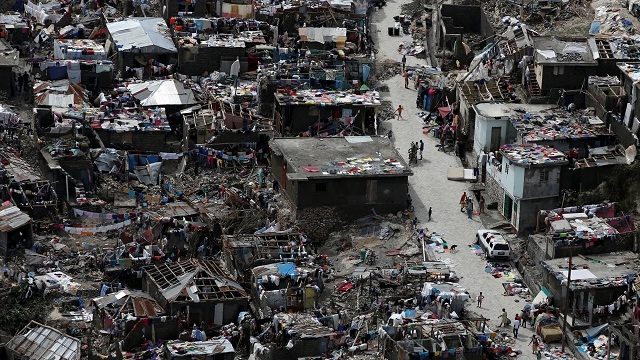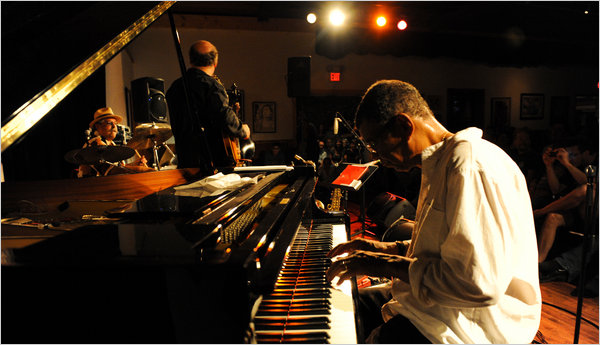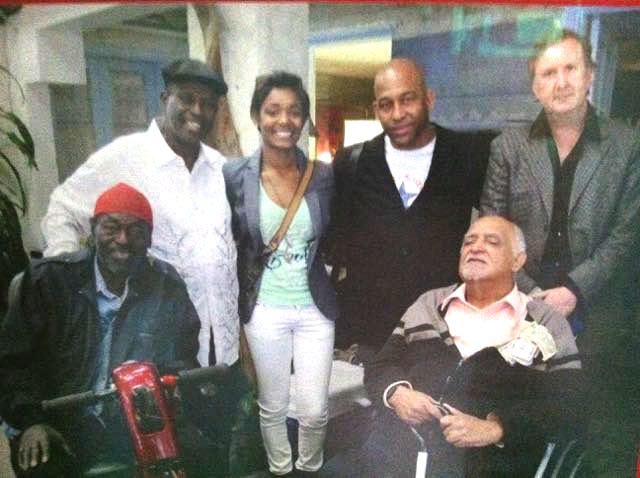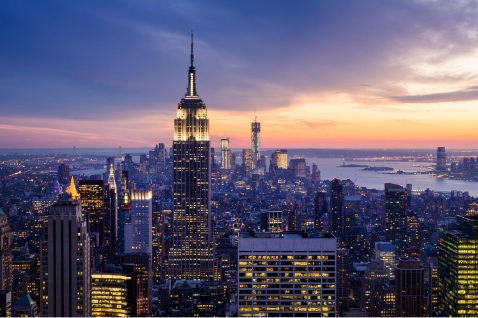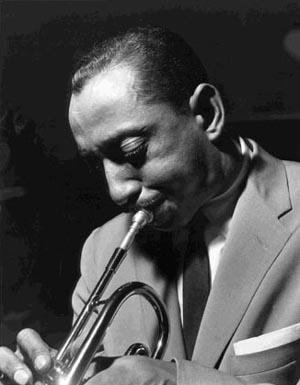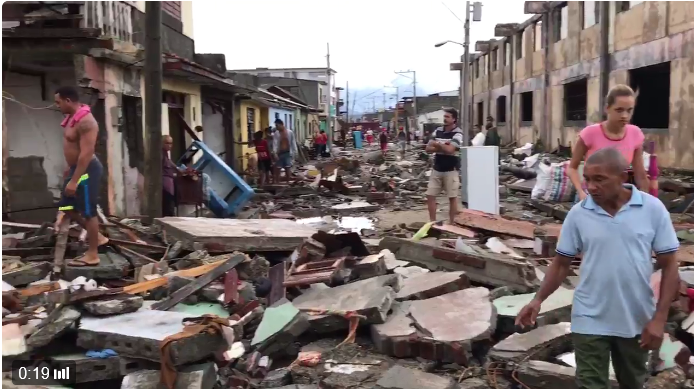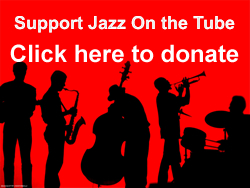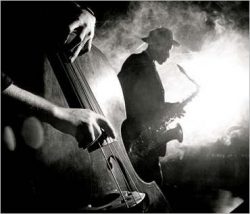
Blog

If you love jazz, you know you have a big debt to New Orleans.
What you may not know is that New Orleans has a big debt to Haiti.
After the Haitian Revolution thousands left Haiti for eastern Cuba and then ultimately to New Orleans doubling the city’s population instantly.
They brought with them a highly developed love of music and art that transformed the city from a rough backwater to one of North America’s most important cultural centers.
Without Haiti, there simply would be no New Orleans as we know it.
The story of Haiti
The story of Haiti is one of the most ghastly examples of man’s inhumanity to man in all of history.
The sugar cane-based slavery there was particularly brutal.
When the Haitians succeeded in defeating Napoleon’s army and liberating themselves – the first and only time in history an enslaved people succeeded in such a thing – they were then preyed up by bankers and empire builders, a trend that has not stopped to this day.
All natural disasters cause terrible suffering, but in Haiti where poverty is so extreme, and most people live close to the earth in an ecologically devastated environment, the impact is exponentially worse.
A big developed country with resources can rebuild itself. A country like Haiti needs our help.
Please send your Jazz on the Tube donations to Haiti relief efforts instead
From now until November 15, 2016, we ask that anyone who plans to give support to Jazz on the Tube, please divert your support to Haiti relief instead.
Below is a link to a group that both Ned Sublette and I independently have come to regard as the one of the best ways to support the Haitian people in a meaningful and sustainable way.
They focus on community economic development projects: reforestation, constructing mills, developing local agricultural resources and related projects.
I have been a donor for years and am very confident that the money I give them is well spent.
They are called The Lambi Fund of Haiti and you can learn more about them and their work here.
– Ken McCarthy
Jazz on the Tube

Blog

Jazz on the Tube’s headquarters Tivoli, New York is not exactly the jazz capital of the world, but some of our neighbors may surprise you.
Sonny Rollins lived just “up the street” in Germantown for a bunch of decades, only three minutes away by car. (Now he lives across the river in Woodstock.)
Also across the river in Woodstock, Jack DeJohnette and Pat Metheny.
And that’s just a few of the big name cats.
A lot of musicians live in the Hudson Valley/Catskill region of New York.
Why?
1. It’s only about two hours from New York City
2. It’s beautiful: rivers, mountains, lakes, forests, meadows, farms
3. Until the last few years, it used to be affordable (still is by New York City standards.)
Our best club: The Falcon down in Marlboro, NY. One of the best music clubs in the world and it hosts world class jazz regularly.

Jack DeJohnette, John Scofield, Joe Lovano, and Larry Grenadier performing a benefit for a local food bank at Falcon.
– Ken McCarthy
Jazz on the Tube
P.S. Our unique programming is made possible by help from people like you. Learn how you can contribute to our efforts here: Support Jazz on the Tube
Thanks.

Blog

Wardell Quezergue’s 80th birthday, March 12, 2010
Left to right; Bo Dollis of the Wild Magnolias (seated); Al “Carnival Time” Johnson; a lovely singer (name not known); Chuck Perkins, poet laureate of New Orleans; Wardell Quezergue, the “Creole Beethoven” (seated); Ken McCarthy, Jazz on the Tube
– Ken McCarthy
Jazz on the Tube
P.S. Our unique programming is made possible by help from people like you. Learn how you can contribute to our efforts here: Support Jazz on the Tube
Thanks.
Afro-Cuban culture, Blog, Cuba, Cuban Jazz, Latin Jazz, The Cuba-US connection

If you can’t make it to Cuba, but are in or can get to New York City, you can experience one of the great Afro-Latin music centers on earth without leaving the US.
Here are ten places in New York City that host world class Afro-Latin music performances on a regular basis:
Hostos Community College (El Bronx)
https://www.hostos.cuny.edu
Bronx Music Heritage Center (El Bronx)
http://whedco.org/bronx-music/bronx-music-heritage-center-bmhc/
SOBs (Downtown)
http://sobs.com
Subrosa (Downtown)
http://subrosanyc.com
Camaradas El Barrio
http://camaradaselbarrio.com/
Zinc Bar (Downtown)
http://zincbar.com/homepage
55 Bar (Downtown)
http://55bar.com/
Pregones Theater (El Bronx)
http://pregonesprtt.org/
Jazz at Lincoln Center
http://www.jazz.org
Lehman College (El Bronx)
http://www.lehman.edu/arts/index.php
Click here for a list of great streamable Afro-Latin radio programs
– Ken McCarthy
Jazz on the Tube
P.S. Our unique programming is made possible by help from people like you. Learn how you can contribute to our efforts here: Support Jazz on the Tube
Thanks.
Afro-Cuban culture, Blog, Cuba, Cuban Jazz, Latin Jazz, The Cuba-US connection

“It’s all the same music. We just speak it with different accents.”
– Mario Bauzá (as quoted by Albert Angeloro)
Bauzá at age 82 interviewed most skillfully on CACE International TV. One of the most important, and little known, chapters in American music history revealed and explained in less than 15 minutes. Great intro to Bauzá’s life story.
A segment from the documentary “Latin Music USA” that covers Bauzá’s invention of Afro-Cuban Jazz.
Machito & his Afro-Cubans (Mario Bauzá, music director) with Charlie Parker. Recorded in 1950 by Norman Granz.
Bauzá & his Afro-Cuban Jazz Orchestra performing in Germany in 1992
– Ken McCarthy
Jazz on the Tube
P.S. Our unique programming is made possible by help from people like you. Learn how you can contribute to our efforts here: Support Jazz on the Tube
Thanks.
Blog, Cuba

Hurricane Matthew hit the east side of the island, but seems to have spared Santiago de Cuba and mostly hit barely populated areas (Cuba still has a lot of wilderness.)
That said, the beautiful town of Baracoa, the first Spanish settlement in Cuba, got hit very hard.
– Ken McCarthy
Jazz on the Tube
P.S. Our unique programming is made possible by help from people like you. Learn how you can contribute to our efforts here: Support Jazz on the Tube
Thanks.
